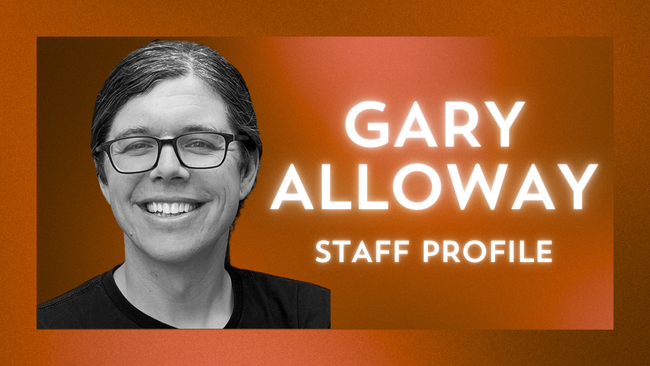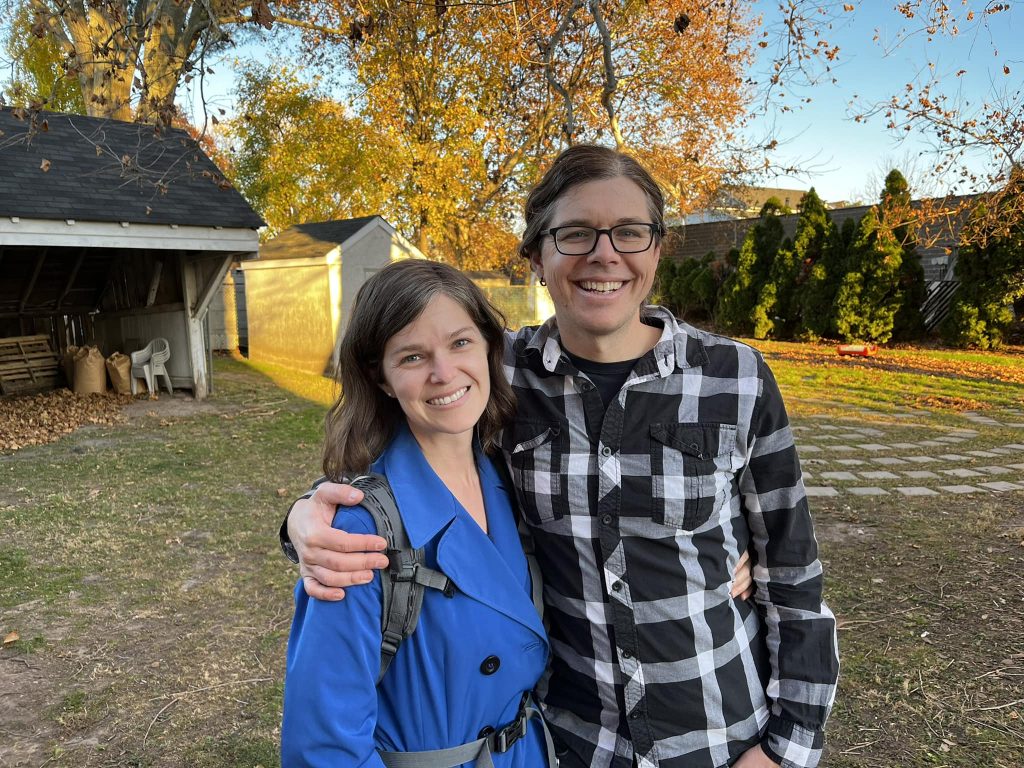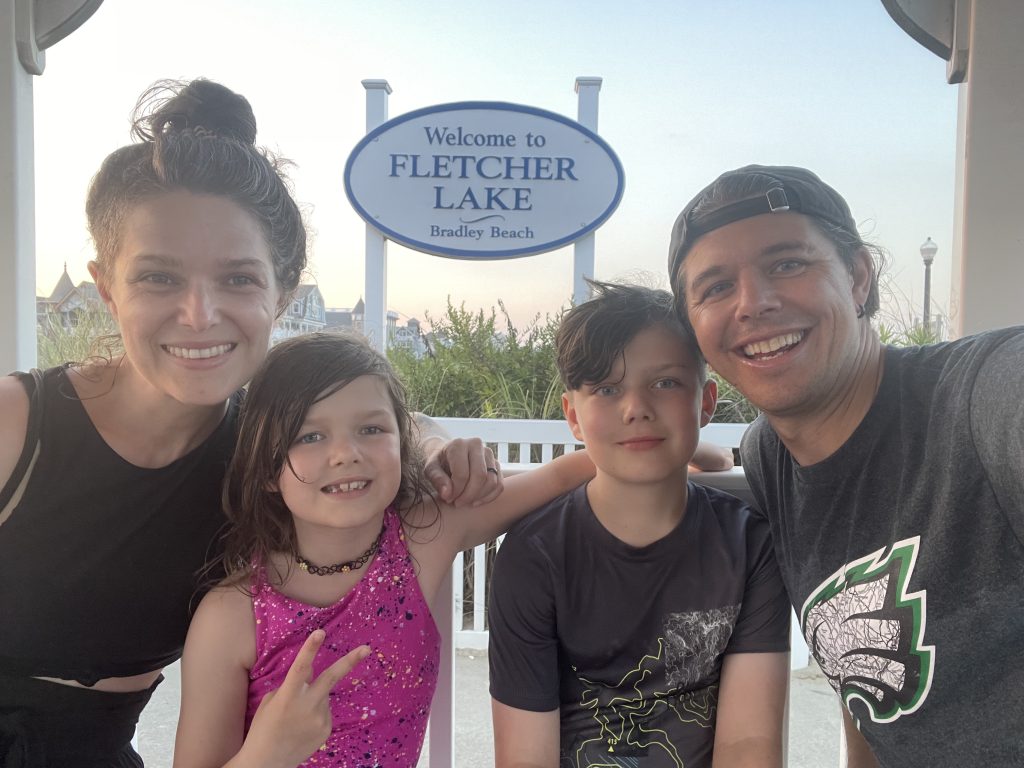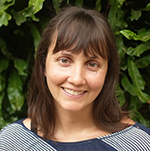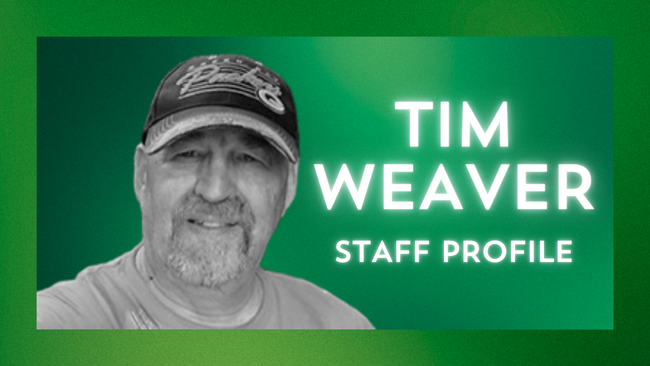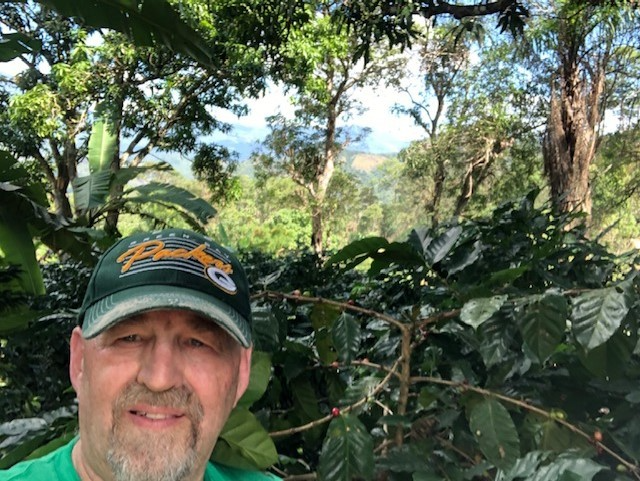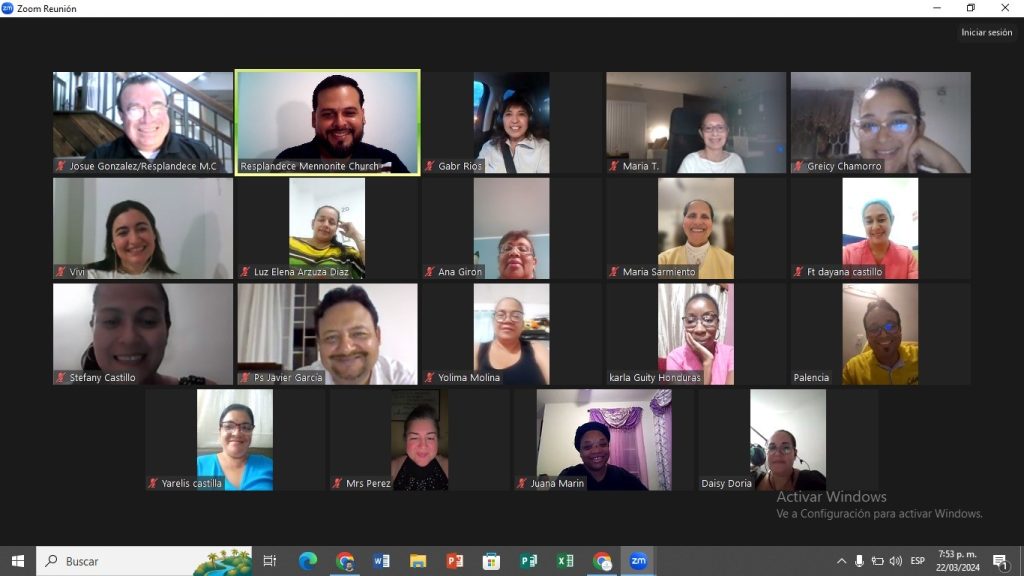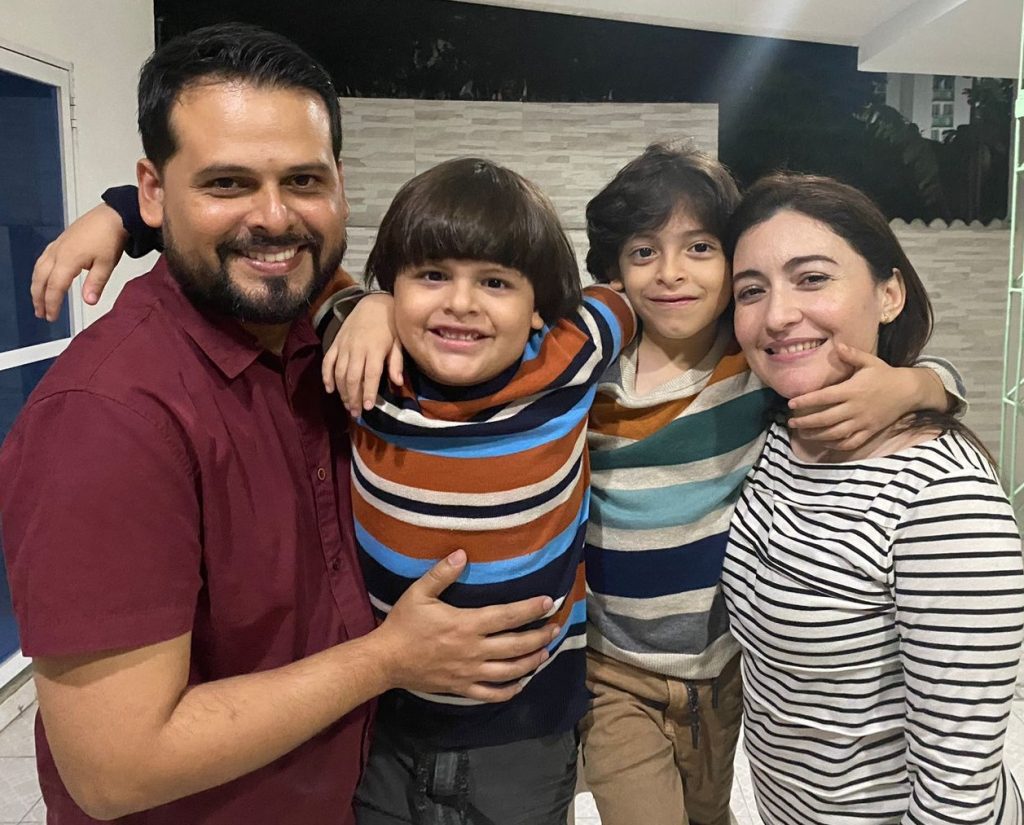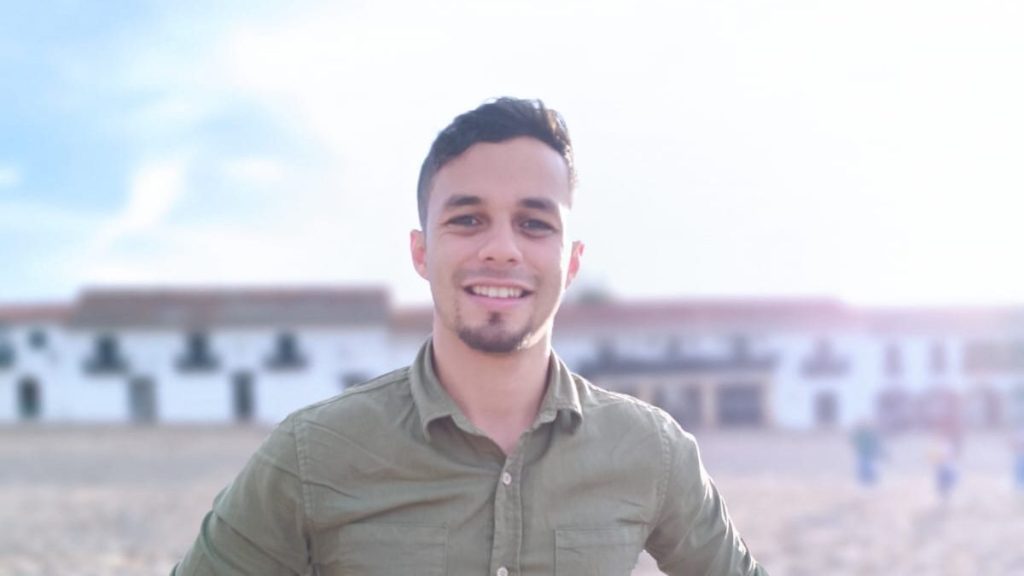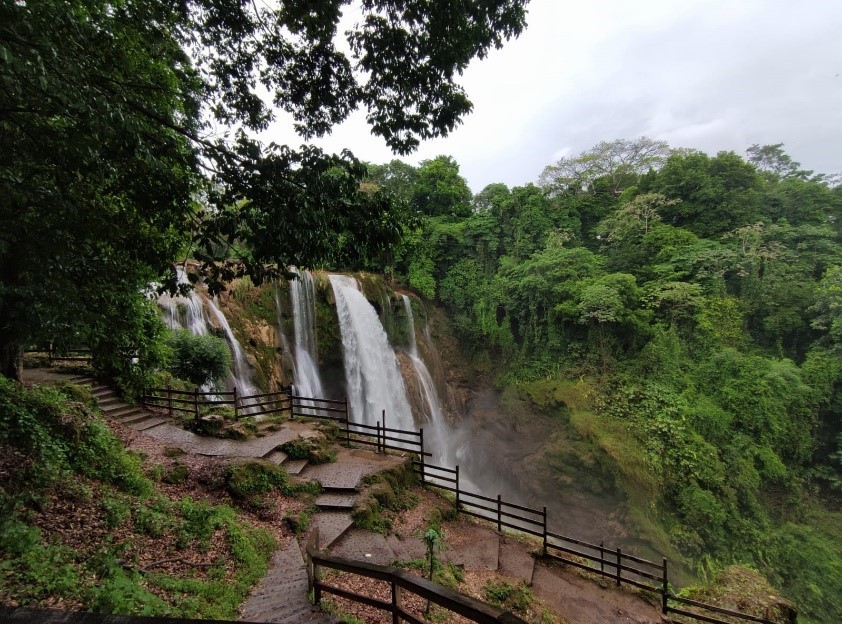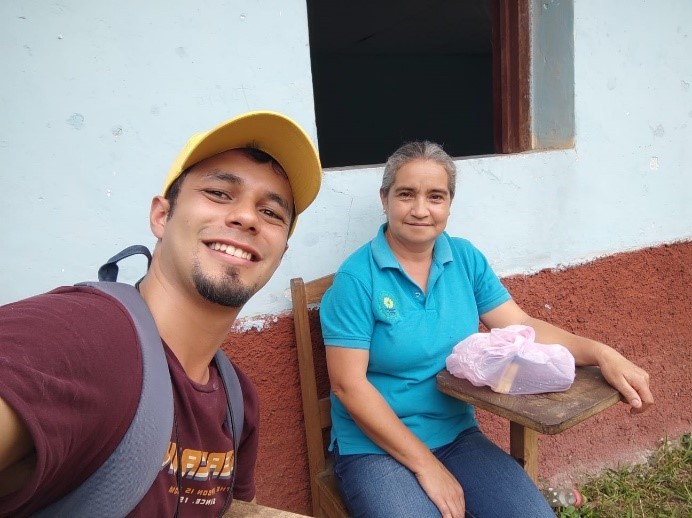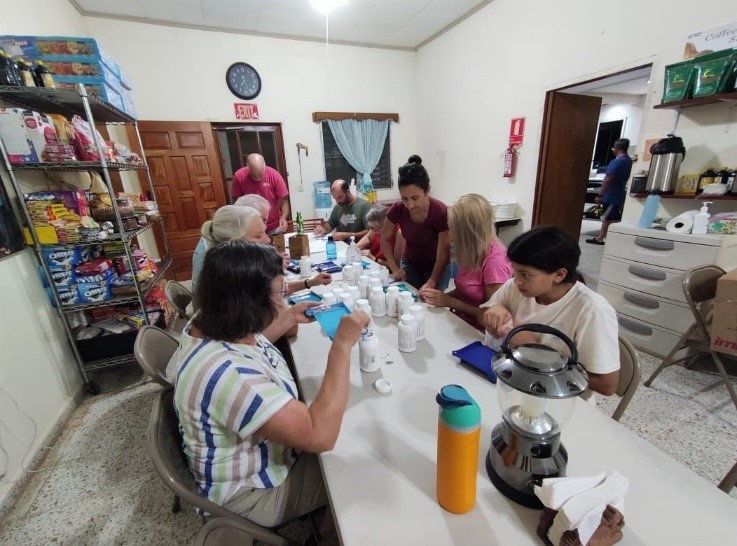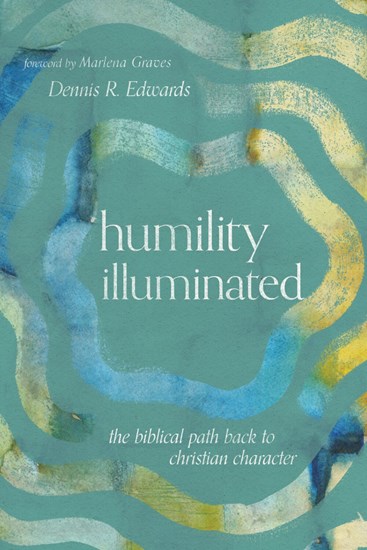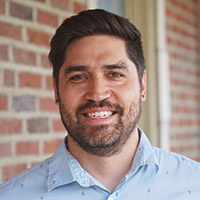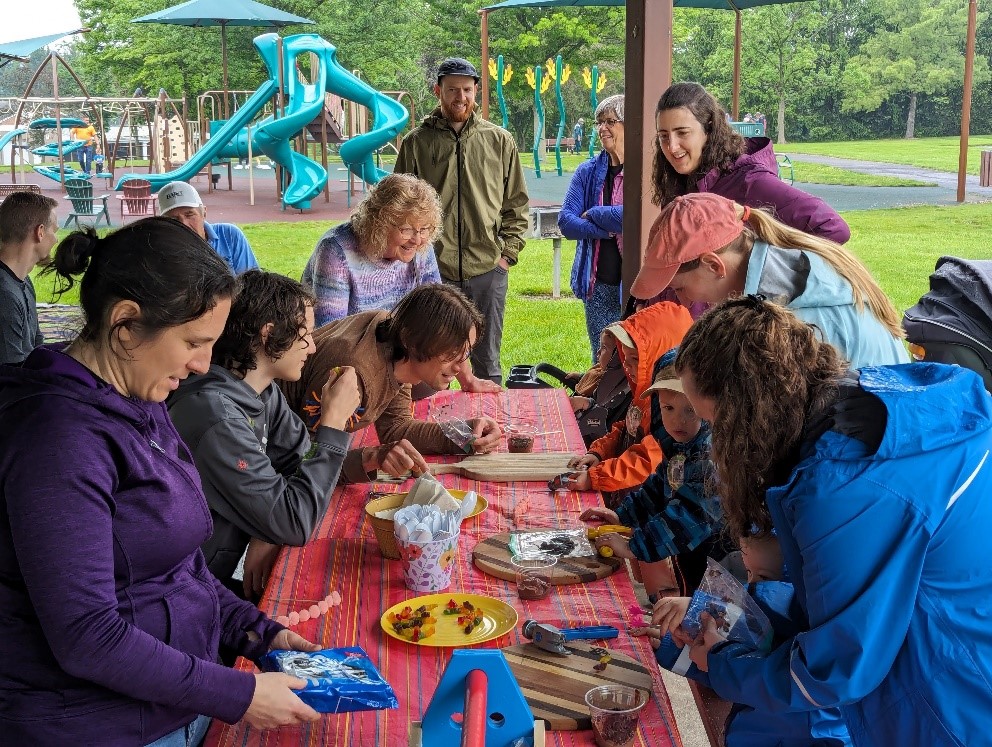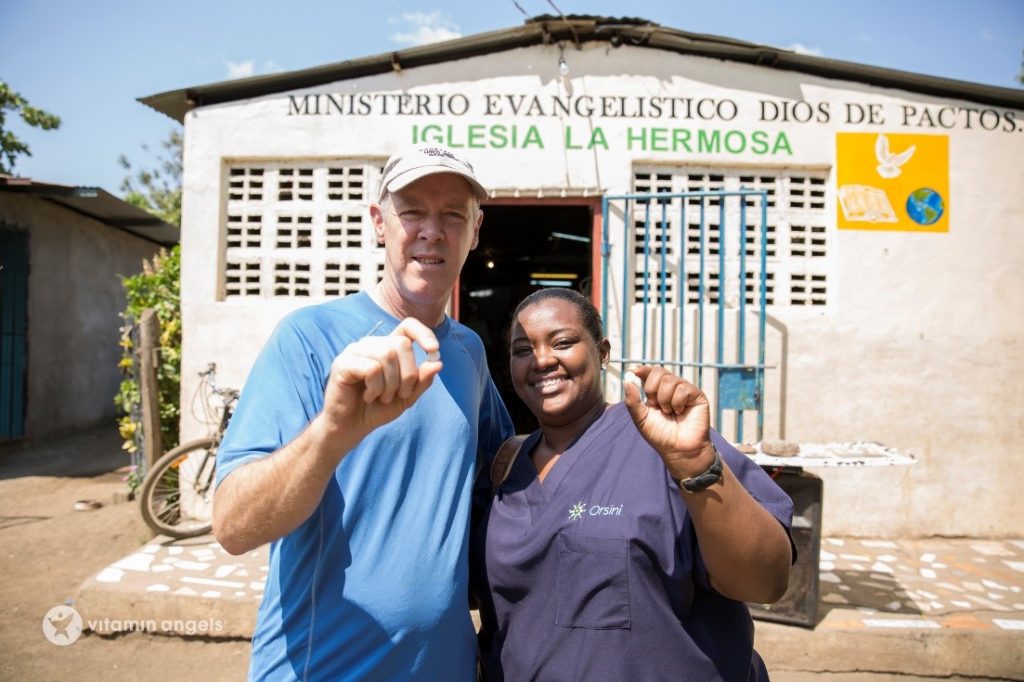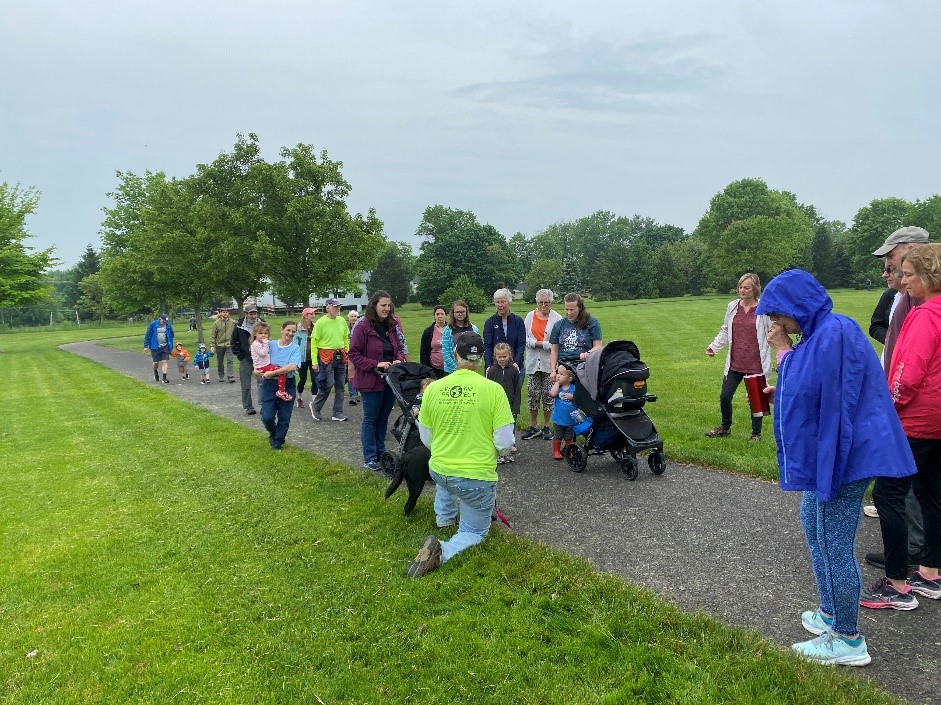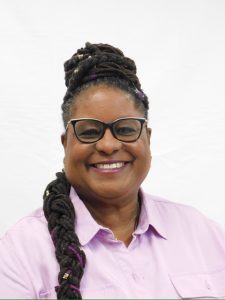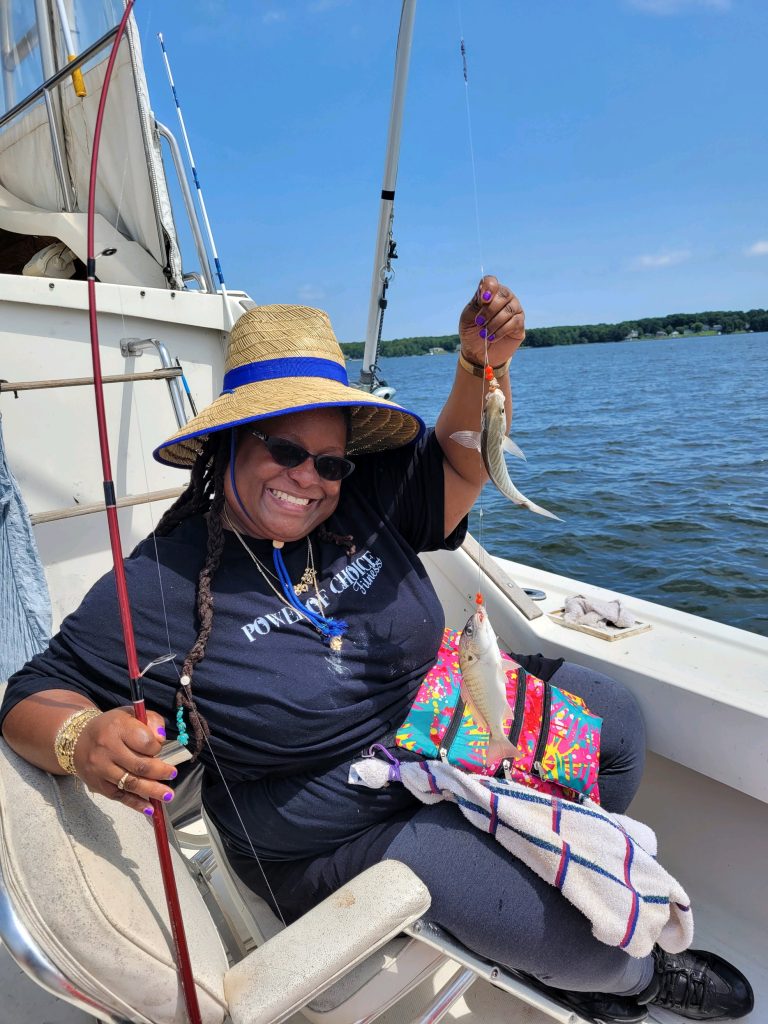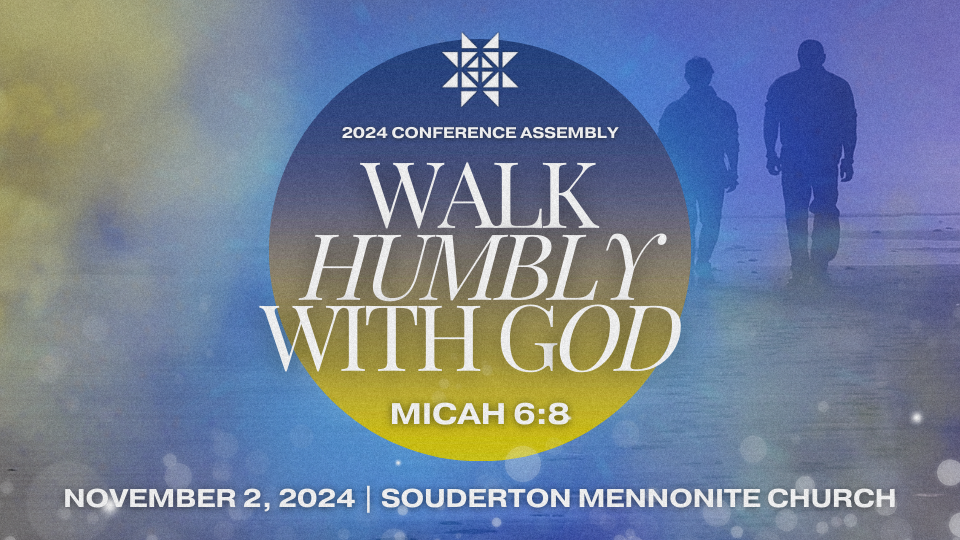
On Saturday, November 2, around 350 people, including delegates and credentialed leaders from across the country, will gather in Souderton, PA for the 2024 Mosaic Conference Assembly. Guided by this year’s theme, “Walk Humbly,” we will worship and pray together, eat and fellowship, and have engaged conversations on the future of Mosaic including our strategic plan, Vibrant Mosaic program, and denominational affiliation.
The day will begin with worship, which is open to all, even those not signed up as a guest. It will also be live streamed for those not attending in person. There will be lively music and a sermon from Rev. Dr. Dennis Edwards, who will preach on the theme of humility, guided by the text of Micah 6:8.
Our worship service will also recognize newly credentialed leaders, honor those among us who have died in the last year, and pray for the work and workers of our Conference-Related Ministries.
The morning delegate session will follow worship, and each delegate will be seated at a table group with a table leader. All table leaders were invited to a training prior to Assembly, which is part of the initial work in the intercultural priority of the strategic plan. Each table group will commit to a covenant which says, in part:
“As we talk during delegate sessions or chat in the breaks, we commit to practicing God’s loving-kindness, faithful truth, and humility.
Loving-kindness: Listening carefully to words, feelings, body language, and silence while keeping confidentiality.
Faithful Truth: Taking responsibility for our words, using “I” language, speaking clearly, and naming feelings without blaming others.
Humility: Assuming the best of others, honoring the consensus of the group, caring for those with a dissenting opinion, and remaining open to God’s Spirit, even if it means changing our mind.”
This kind of covenant had been used with Assembly tables groups in the past and is being reinvigorated this year.
During the delegate sessions, three new member congregations (Ark of Christ [Anaheim, CA], Bethel Worship and Teaching Center [Levittown, PA], and Resplandece Mennonite [Pembroke Pines, FL]) and one Conference-Related Ministry (The Worm Project) will be welcomed.
There will be times of singing praise and having communion together. There will also be an opportunity to learn more and discuss the Vibrant Mosaic Program and the strategic plan. Instructions for the vote will be given (reference the FAQ document for more on the different colors that will be used) and delegates will be invited to respond to the partnership recommendation (ballot text available in the docket).
Makinto, Associate Pastor of LA (CA) Faith Chapel and Director of Conference-Related Ministry Amahoro International, will again this year lead the group in a powerful peacebuilding and drumming ritual, guided by Micah 6:8. Participants should bring a handheld percussive instrument such as drumsticks (or plan to drum with your hands.)
What to Expect: Prayer Room
All are invited to spend time in the prayer room during Assembly. The room is a space for intercessors to gather and pray onsite for the Assembly participants and proceedings. Intercessors who are not onsite commit to praying from where they are. Each is invited to pray for a half-hour block of time from the start of Assembly until its conclusion.
Any assembly attendees who want a quiet space for reflection can visit the prayer room. (The prayer room is located near the delegate hall, off the coffee space. Please follow the signs.) If an intercessor is present, they will be available to pray with any who comes in and desires prayer.
While the focus of the prayer room centers on the Assembly proceedings, the prayers can include personal concerns that attendees may have beyond the Assembly agenda.
There will be an extended period for lunch and relationship building, including time to visit the Fellowship (Exhibit) Hall, to visit with Mosaic Conference-Related Ministries and other agencies. This space will be open prior to worship and throughout the lunch period for visiting before or after eating. At 2pm, the Exhibit Hall will close.
Beyond the Saturday Assembly is a weekend of connecting and being community together. On Friday morning, Rev. Dr. Edwards will speak at a brunch for the leaders of Conference-Related Ministries and other Mosaic leaders. In the evening, the Renewing Nations and Generations annual gathering for People of the Global Majority/People of Color will offer participants time to connect, worship, eat, and learn together on this year’s theme of “Might from the Margins.” Sunday will include some pulpit swaps and visits by guest pastors.
We look forward to seeing you at Mosaic’s Assembly on November 2. For further information, please see Mosaic’s Assembly webpage.

